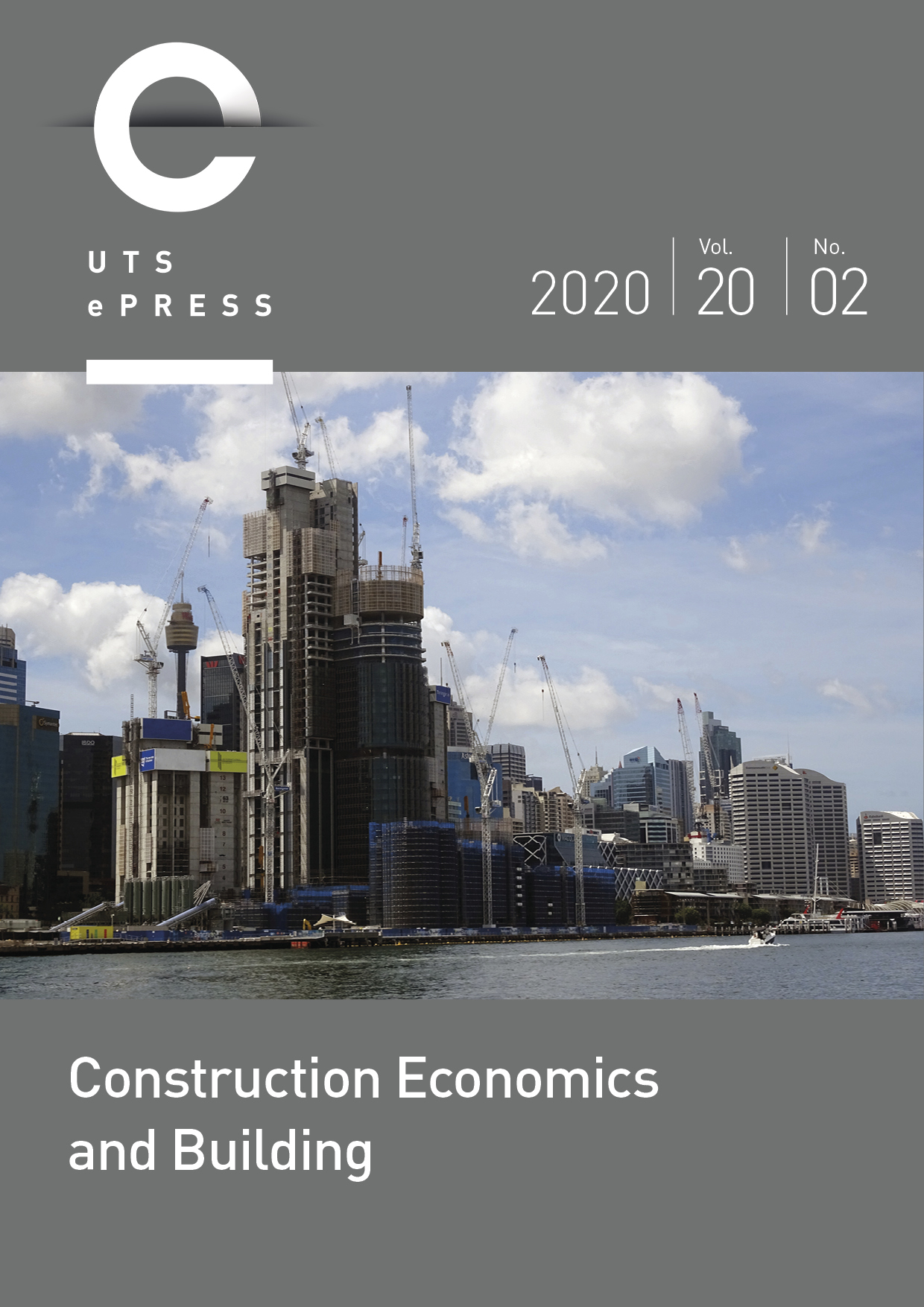Trojans of ambiguity vs resilient regeneration: visual meaning in cities
Main Article Content
Abstract
This paper presents a theoretical framework that helps identify visual sustainability in urban projects and evaluates its relevance for the use, design and making of public space. It is aimed at showing how the process of urban regeneration is far more nuanced and sophisticated than much of today’s building industry allows for. The first part of the article provides an outline of this framework, by drawing from the notion of ambiguity and discussing regeneration around a concept of trojans of ambiguity: by which we simply mean that modern-day regeneration projects are often a confusion of meaning. The framework is then applied to two case studies: Heygate, and Sidewalk Labs Toronto. The Heygate regeneration produced a negative emotionally charged process and social displacement. By contrast Sidewalk Labs Toronto exemplifies a technologically clean start for regeneration, on a site with little social vitality or history. The starting points for each ultimately point to two very different outcomes. Visual sustainability represents ‘the technology before the technology’ and future research must recognise how human needs, not technology, provide the meaning into ‘how’ we may create a successful, smart, and sustainable urban environment.
Article Details
Section
Authors who publish with this journal agree to the following terms:
a) Authors retain copyright and grant the journal right of first publication with the work simultaneously licensed under a Creative Commons Attribution License that allows others to share and adapt the work with an acknowledgement of the work's authorship and initial publication in this journal.
b) Authors are able to enter into separate, additional contractual arrangements for the non-exclusive distribution of the journal's published version of the work (e.g., post it to an institutional repository or publish it in a book), with an acknowledgement of its initial publication in this journal.
c) Authors are permitted and encouraged to post their work online (e.g., in institutional repositories or on their website) prior to and during the submission process, as it can lead to productive exchanges, as well as earlier and greater citation of published work (See The Open Access Citation Advantage Service). Where authors include such a work in an institutional repository or on their website (ie. a copy of a work which has been published in a UTS ePRESS journal, or a pre-print or post-print version of that work), we request that they include a statement that acknowledges the UTS ePRESS publication including the name of the journal, the volume number and a web-link to the journal item.
d) Authors should be aware that the Creative Commons Attribution (CC-BY) License permits readers to share (copy and redistribute the work in any medium or format) and adapt (remix, transform, and build upon the work) for any purpose, even commercially, provided they also give appropriate credit to the work, provide a link to the license, and indicate if changes were made. They may do these things in any reasonable manner, but not in any way that suggests you or your publisher endorses their use.
